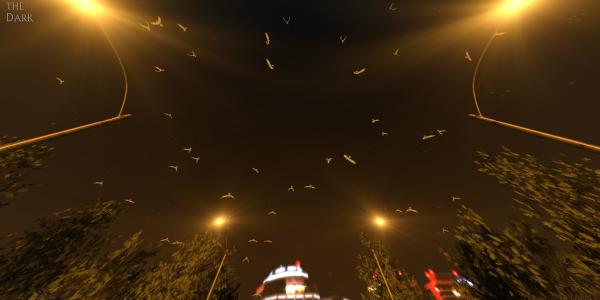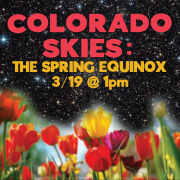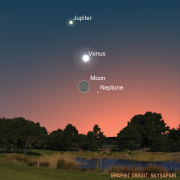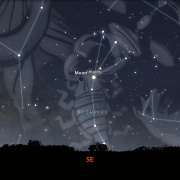Looking for an astronomy fix? We've got you covered.
Interested in stargazing? Visit Sommers-Bausch Observatory (next to Fiske) --- the observatory provides free open houses throughout the year.
Photo of the Veil Nebula courtesy of Stephan Abraas, Stargate Observatory
More Astronomy Resources

Astronomy-related websites
Enjoy our favorite astronomy-related websites for up-to-date information on what’s up in the sky, NASA news, beautiful astronomy images, eclipses, satellites, plus more.
- Astronomy magazine - The Sky this Week
- Astronomy Picture of the Day - Each day a different image or photograph of our fascinating universe
- Heavens-Above - Information about artificial satellites, ISS, HST, and Iridium flares
- International Dark Sky Association - Videos about Light Pollution
- NASA - News and mission information
- NASA - eClips: Bringing STEM alive through NASA real-world connections and a Special Edition newsletter for Earth Day
- NASA Jet Propulsion Laboratory videos - What’s Up, Mars Report, etc.
- NASA Eclipse Information - Eclipses of the Sun and Moon
- Origin of the Constellations from the International Astronomical Union
- Sky & Telescope magazine - This Week’s Sky at a Glance

Learn about light pollution
You can learn more about light pollution and how you can help save our starry skies watch "Losing the Dark" from the International Dark Sky Association and Loch Ness Productions. Starry skies are a vanishing treasure because light pollution is washing away our view of the cosmos. It not only threatens astronomy but also disrupts wildlife, and affects human health. The glows over cities and towns — seen so clearly from space — are testament to the billions of dollars spent in wasted energy by lighting up the sky. The video introduces and illustrates some of the issues regarding light pollution and suggests three simple actions people can take to help mitigate it.
To learn more about local efforts to mitigate light pollution check out the Homeowner's Guide to Boulder's Outdoor Lighting Ordinance.

Got an astro question?
Email us! We'd love to hear from you.













